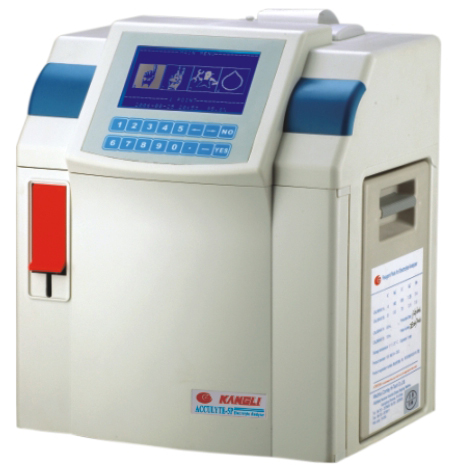
7 8 In general, these areas can be split into high risk (positive COVID-19 diagnosis), intermediate (pending COVID-19 diagnosis) and low risk (negative COVID-19 diagnosis). Real estate within hospitals changed significantly during the course of the pandemic to support cohorting of patients based on their COVID-19 status to prevent within-hospital transmission.

However, there is also a need for testing asymptomatic patients being admitted to hospital for a reason other than COVID-19 (ie, elective procedures). The clinical need for rapid diagnostic testsĪ survey of unmet needs for COVID-19 tests in UK health and social care settings 6 carried out in June 2020 found that hospitals identified COVID-19 testing as the second highest unmet need, with the greatest priority being a test for symptomatic patients presenting to hospitals for infection control. In this review, we explore the current literature and issues to be considered when implementing existing technologies. 4 5 Rapid diagnostic tests could aid such decision making in the ED. Some healthcare providers have therefore developed intermediate cohorting strategies based on clinician gestalt, or imaging, whereby patients are referred to low, uncertain and high risk wards. 3 Unfortunately, the long turnaround time for RT-PCR testing (typically >12 hours) means that this method cannot be relied on to inform timely decision making in the ED. The reference standard for diagnosing SARS-CoV-2 was quickly established as reverse transcriptase PCR (RT-PCR) from a nasopharyngeal and/or oropharyngeal swab. This would enable isolation of those who are infected without overusing resources and likely reduce the risk of nosocomial transmission.

2 The ability to rapidly detect SARS-CoV-2 in patient samples would enable EDs to rapidly differentiate between patients who have COVID-19 and those who do not. Nosocomial spread in hospitals has also been a cause for concern. The pandemic has placed unprecedented strain on Emergency Departments (ED), which have had to rapidly learn to triage, diagnose and treat a new disease. 1 Since then, it has caused a global pandemic forcing the reorganisation of healthcare systems around the world. Human infection with the novel coronavirus SARS-CoV-2 was first reported in December 2020. We do not advocate for any given test, and our coverage of commercially supplied tests is not intended to be exhaustive.

We discuss relative merits and test characteristics of various commercially available technologies. This practice review is written by members of the UK’s COVID-19 National Diagnostic Research and Evaluation programme. Device performance is related to the deployed context, and the diagnostic characteristics may be affected by user experience. However, the different technologies available have strengths and weaknesses that must be understood to ensure that they are used to the benefit of the patient and healthcare system. As COVID-19 begins to circulate with other more common respiratory viruses, there is a need for rapid diagnostics to help clinicians test for multiple potential causative organisms simultaneously. Point-of-care tests for SARS-CoV-2 could enable rapid rule-in and/or rule-out of COVID-19, allowing rapid and accurate patient cohorting and potentially reducing the risk of nosocomial transmission.


 0 kommentar(er)
0 kommentar(er)
